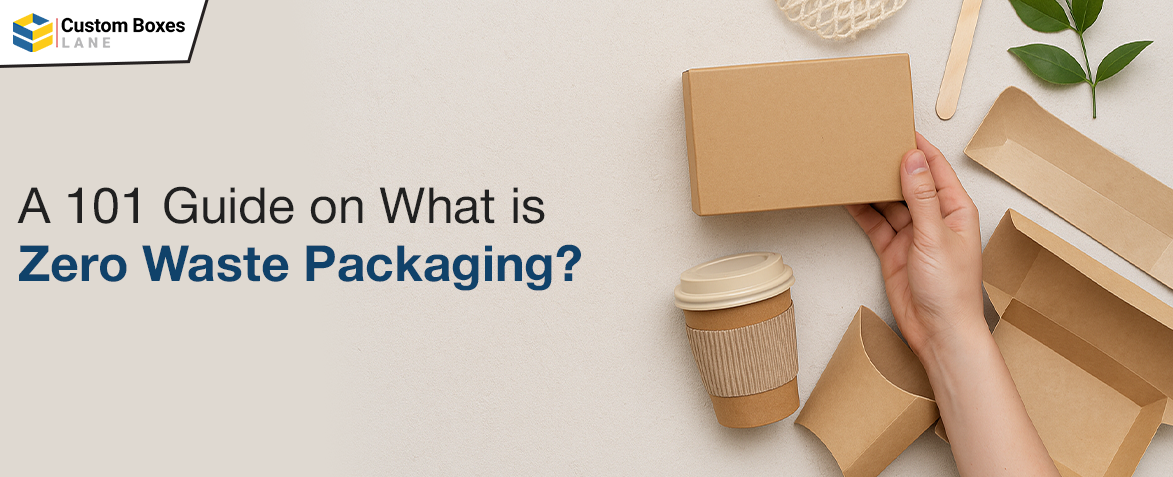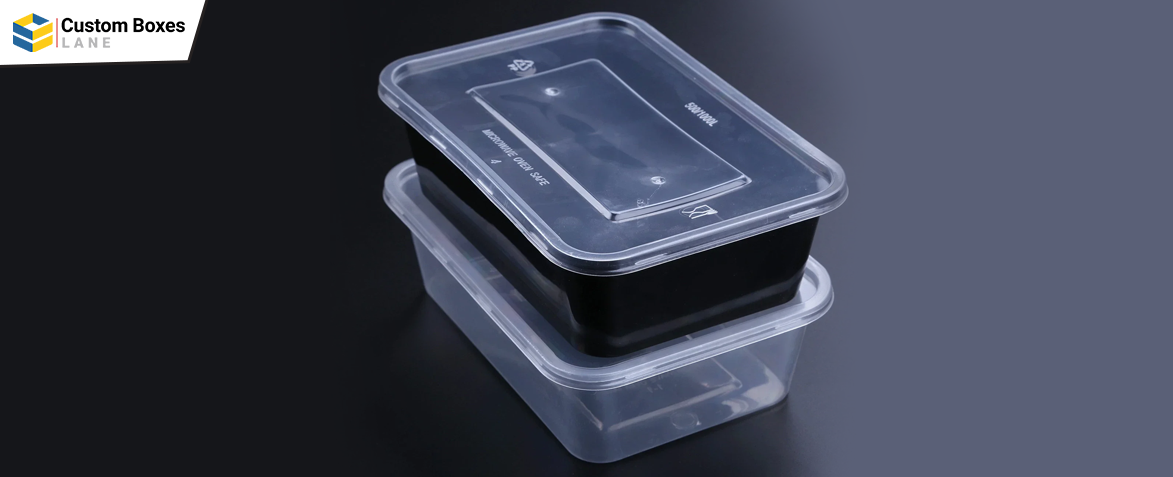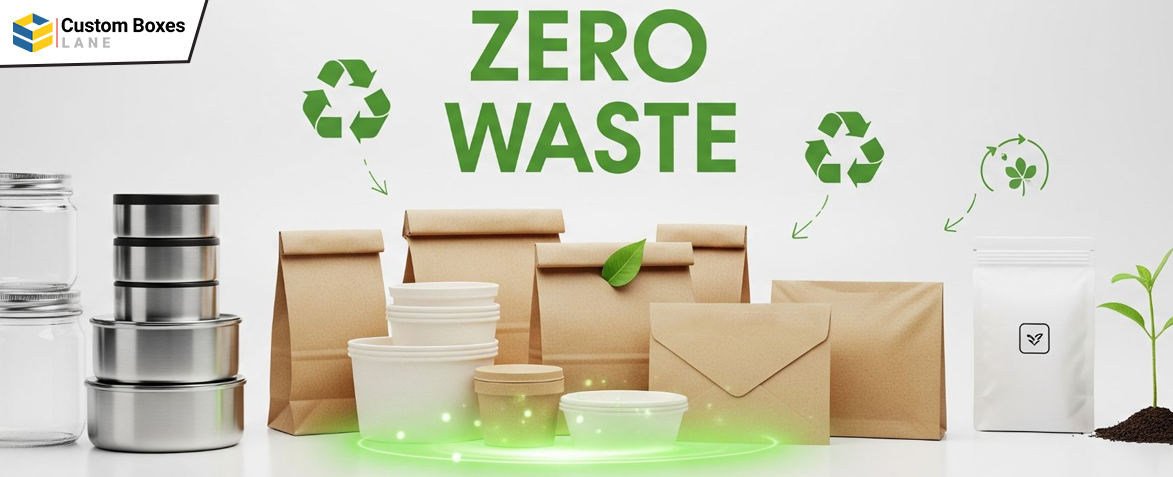A 101 Guide on What is Zero Waste Packaging?
Waqas Khan Pitafi 2025-09-12 12:05:47

Plastic has become the workhorse of the modern economy. It is also used in the manufacturing and packaging industry on a large scale. The consumption of plastic has increased rapidly and massively over the last decades.
Despite its many useful properties, plastic also generates massive waste. Plastic packaging is one of the major contributors to environmental waste. The only counter solution is zero-waste packaging to get rid of plastic. Or at least reduce its consumption. Learn everything about zero-waste packaging!
Why Has Packaging Waste Become a Major Problem?
Packaging waste is a major problem due to vast, increasing quantities and the non-toxic nature of plastics. The environmental damage caused by plastic litter and the low motivation of consumers to recycle also play a major role in producing plastic waste accumulations. Some other factors lead to major plastic pollution in oceans and land:
-
Limited Plastic Recycling
The main problem with plastic pollution is that it’s not recyclable. Many countries and regions don’t actively encourage recycling, so plastics accumulate in landfills and oceans. Some types of plastics are non-recyclable, including plastic wraps, Styrofoam cups, and plates.
According to the Environmental Protection Agency of Sweden (EPA), 307,000 tons of plastic packaging entered the Swedish market. However, it managed to recycle plastic by 38.3% in 2020, while 16.7% is below the 2025 target of 55%. With this recycling rate, over 100,000 tons of plastic are still in dumps.
-
Plastic Accumulation in Oceans
If plastic consumption continues at the current rate, there will be more plastic in the oceans by 2025. Many aquatic animals are literally dying due to massive amounts of plastic in the oceans. Fish in the sea are threatened due to plastic accumulation in the oceans.
Among other aquatic animals, thousands of seabirds, sea turtles, and other marine mammals are dying each year. The most endangered marine species are Hawaiian monk seals and Pacific loggerhead sea turtles, which eat plastic, or they get caught in plastic litter.
-
Apathetic Attitude of Consumers
Several consumers are not aware of the repercussions of plastic pollution on them. As a matter of fact, many regions do not yet have any legal infrastructure to prevent plastic accumulation in dumps. Especially, developing countries in suburban regions are not sufficiently educated in this matter.
China is the largest consumer of plastic in the entire world, with 70.7 million kg. Consumers frequently use a common type of plastic, polyethylene, in their daily routines. More consumption leads to more production of polyethylene, which ends up in landfills and oceans.
Region-wise Ban on Disposable Plastic

However, some regions have banned single-use plastics to reduce plastic pollution. The European Union has banned plastic cups and plastic straws. Other regions include the United States, Canada, India, and Kenya, which have implemented bans on various items like plastic bags, microbeads, cutlery, straws, and take-out containers.
What is Zero Waste Packaging?

Zero-waste packaging follows the philosophy that encourages recycling and reusability of packaging materials. For example, returnable glass milk bottles and glass bottles of soft drinks are prime examples of zero-waste packaging.
Adopting zero-waste packaging persuades consumers and manufacturers to shift from plastic packaging. And utilize reuse packaging, which leaves behind no waste. Or packaging can be entirely recycled or disintegrated without harming the environment. Here are commonly used zero waste packaging ideas to keep the planet plastic-free.
Zero Waste Packaging Ideas to Implement
Here are some major zero waste packaging ideas for manufacturers and consumers to utilize to get rid of excessive plastic pollution.
-
Choose Eco-Friendly Alternatives to Plastic
Several manufacturers are now shifting towards minimal packaging. And utilizing reusable materials such as paper, glass, and wood instead of plastic. A famous American fashion brand, “Patagonia,” started using recycled plastic bottles to make fleece in 1993. And it still continues to use recycled materials instead of plastic.
Another brand, “Seventh Generation,” focuses on plant-based products instead of plastic to reduce the environmental impact of the packaging industry. Biodegradable and compostable packaging materials are the best environmentally friendly alternatives to plastic.
-
Adopt Waste Transformation Packaging
The waste transformation focuses on making packaging reusable in some other form. Talking about an example of reusable packaging, consider “Stanley Honey.” Its packaging can be reused as a planter. You can transform this packaging into a vase or pot for planting small plants.
To practice reusable packaging, many creative individuals and hobbyists reuse plastic bottles as supply cups, planters, piggy banks, trash cans, and more. Also, many eco-aware consumers use reusable fabric bags for carrying grocery items, fruits, and vegetables.
-
Encourage Consumers to Bring Their Packaging
A new trend, “Bring Your Own” (BYO), is emerging, which encourages consumers to bring their own reusable packaging. In the BYO marketplace, casual shoppers bring their own packaging. Many places in the United Kingdom have been set up to provide no packaging, where customers bring their own bags and jars.
Likewise, another brand, “Unpackaged,” lets stores set up zero-waste solutions for food items. Customers come into these stores with their own packaging to buy desired items, including nuts, cereals, or whatever they want.
-
Explore New Packaging Materials
Several manufacturers are now seeking innovative packaging solutions. Cornstarch, mushroom, and other similar organic-based packaging materials are among those solutions. The American brand “Saltwater Brewery” is popular for its beer cans, which are manufactured from wheat and barley.
Another popular brand, “IKEA”, has also begun using mushroom-based packaging as an eco-friendly alternative to polystyrene (styrofoam) for most of its items. The mushroom packaging is biodegradable, breaking down in a garden in just weeks, which can be produced using a fraction of the energy of plastic.
-
Utilize Plastic-Free Labels
Several products still depend on plastic labelling, which may not come from recyclable plastics. Its good example is shrink-wrap labels. The plastic film used in printing these labels is difficult to recycle. Iceland is among the top countries to eliminate plastic-labelling.
One popular example includes the Dutch supermarket chain, “Ekoplaza”, which stocks products without plastic labelling. Moreover, a tea brand based in the United Kingdom, “Teapigs,” will more likely shift to plastic-free labeling, which makes recycling much easier.
Conclusion
Eco-friendly packaging comes at a price. And it is not easily accessible. Similarly, zero-waste packaging can’t completely replace the convenience and affordability of plastic packaging. But it has become a necessity considering the impact of plastic packaging. To implement zero-waste packaging solutions for your products, contact Custom Boxes Lane to benefit both your business and the planet!

